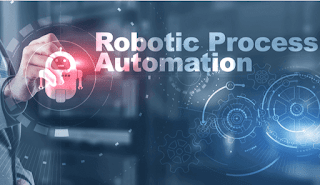Human Enhancement

Human enhancement (HE) can be described as the natural, artificial, or technological alteration of the human body in order to enhance physical or mental capabilities. Technologies Existing technologies Three forms of human enhancement currently exist: reproductive, physical, and mental. Reproductive enhancements include embryo selection by preimplantation genetic diagnosis, cytoplasmictransfer, and in vitro-generated gametes. Physical enhancements include cosmetics (plastic surgery & orthodontics), Drug-induced (doping & performance-enhancing drugs), functional (prosthetics & powered exoskeletons), Medical (implants (e.g. pacemaker) & organ replacements ( e.g. bionic lenses)), and strength training (weights (e.g. barbells) & dietary supplement)). Examples of mental enhancements are nootropics, neuro-stimulation, and supplements that improve mental functions. Computers, mobile phones, and Internet can also be used to enhance cognitive efficiency. Notable efforts in




